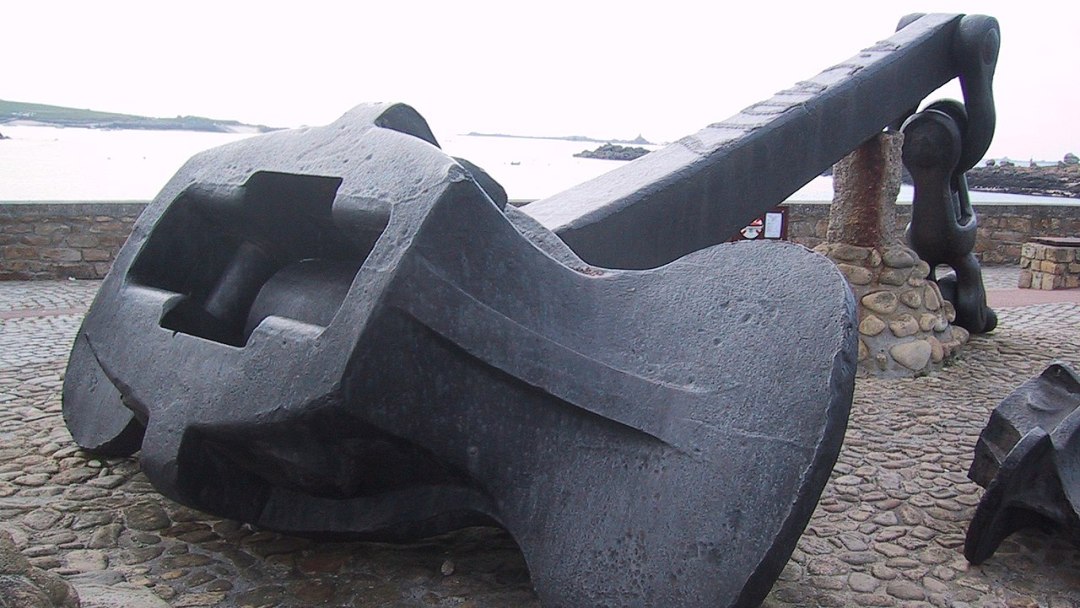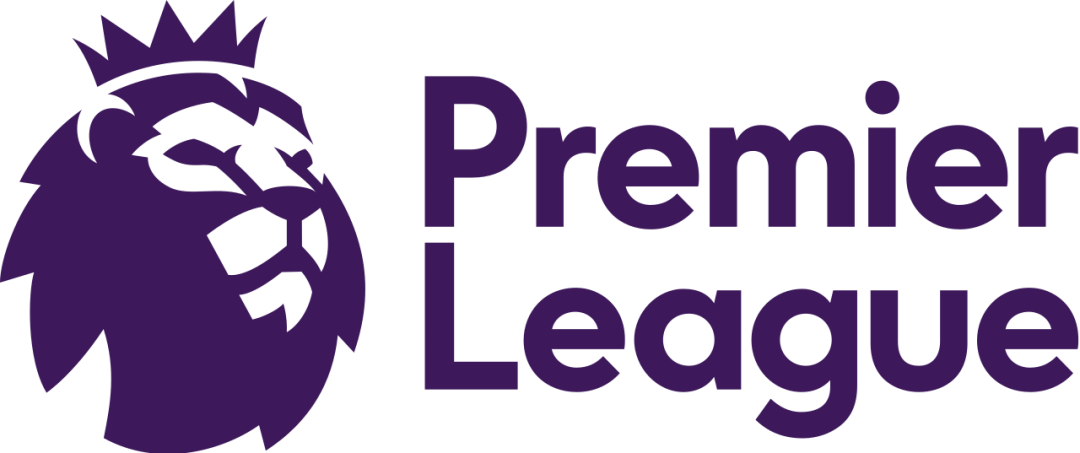Floundering in FFP? Perplexed by Profit and Sustainability? Baffled by the ability of Chelsea and Everton to seemingly spend at will despite crippling losses?
We can’t promise to answer the last question ‘ which seems to defy all rational explanation ‘ but thanks to the ever insightful and fantastically well-informed Swiss Ramble, we can try and help with the first two points. Drawing on his outstanding analysis of our financial position and the constraints it places upon us, let’s try and address some of the key questions.
1. What are the financial rules restricting our spending?
Although we might have an eye to the future and UEFA’s financial fair play rules, our more pressing concern are the profit and sustainability rules applied by the Premier League. A club’s available spend is calculated over a three-year period, during which a ‘5m loss and ’30m equity injection is permitted each year, which makes ‘105m over the three years
To this we can add: ’10m per year on ‘healthy’ expenditure (community work, women’s football, depreciation); COVID losses; and any profits that might have been made over the three preceding years.
2. So what do these extras add up to in our case?
Adjusted according to the PL’s accounting rules, our pre-tax profit amounts to ’44m for the last three years, so that we have ‘149m available. If we add the ’30m of extra allowable spending and ’20m COVID costs, we arrive at a figure of ‘200m of possible spending while remaining within the P&S rules (fig. 1).
3. But transfer spending can be spread out, so we have more available than that, don’t we?
Yes, this is so-called amortisation, where the cost of a player is spread for accounting purposes over the length of his contract. According to Swiss Ramble, our ‘200m of allowable spending actually amounts to an eye-watering ‘600m by the time we take amortisation into account. The parsimony of the Ashley years put us in an unusually strong position in this respect.
4. Brilliant! Let’s do it…
Unfortunately, it’s not quite this simple, because the three-year period is a moving target. First, the most profitable year of the period will drop out of our calculation next year, substantially reducing our headroom in P&S. Second, we’ve already spent ‘142 in the last two windows. And third, even allowing for amortisation, going well beyond the ‘200m this year would only store up problems down the line, limiting spending power in future years, especially as our wage bill inevitably grows.
5. Just how much has our spending eaten into that ‘200m?
According to Swiss Ramble, our January spending cost ’52m, while spending this summer amounts to ’23m. So we’ve already used up ’75 of that notional ‘200m.
6. And how far will that ‘200m change when we move the 3-year period forward to cover 2020-21 and 2022-23?
Here’s the problematic part. As we move the accounting period forward, the two most profitable years drop out: ’23m in 2017-18 and ’41m in 2018-19. At the same time we pick up the adjusted ’10m loss from 2020-21 and the ’75m increase in costs already incurred from spending in 2021-22. Ultimately, this leaves only ’41m available to remain with the P&S regulations (fig. 2), and that, more than anything else, explains Howe’s comments about working within financial constraints.
7. Shit!
Of course, it’s not all gloom. Just as that available money can shrink with increased expenditure so it can grow with increased income, which is probably the biggest lesson to take from Man City’s post-takeover development. And here there’s plenty of scope for growth considering our overall revenue was only 15th in the PL in 2020-21 (fig. 3).
Player sales are the first obvious source of income as we look to make lucrative deals for our prize assets like Jeff Hendrick. Or to put it another way, here’s another reason why we can expect Dubravka to move on. For comparison, while Chelsea made ’83m per year from player sales over the last 4 years, we made ’14m.
TV income and prize money will also increase as we finish higher in the league and become a bigger draw for Sky and BT. And obviously, Champions League football is the real cash cow here, worth around ’90m per year, while even the Europa League nets about ’20m. Again for comparison, we earned around ‘4m from European football in the entire Ashley era.
8. Remember when we actually developed commercial income?
But really this analysis only serves to shine the spotlight once more on commercial revenue and it’s appalling neglect under Ashley. In 2007, commercial revenue stood at ’28m, sixth in the PL, with the top 5 clustered between ’40 and ’55m, and well ahead of Man City (’19m). In 2020-21 ours had actually dropped to ’21m, while the top six earned between ‘140m and ‘270m (fig. 4).
To take just one specific example, our current shirt sponsorship is worth ‘8m per year, while those of the top six are all worth at least ’40m (fig. 5).
This is why Darren Eales’s appointment is so vital and also why patience will be required while commercial opportunities are identified and exploited. Much better to grow in a sustainable way and within our means ‘ UEFA’s FFP rules are more stringent than those of the Premier League ‘ than follow the Everton road map, for example.
Talk of being the richest club in the world has always been a nonsense, and we’re fortunate that we seem to have grown-ups in the room in all the key positions now in the club who understand that. Maybe it’s time for us as fans to act in the same way.
Matthew Philpotts @mjp19731









